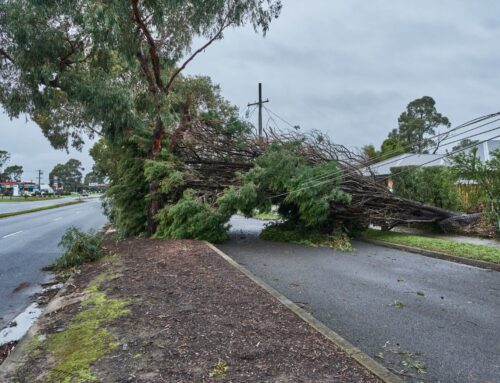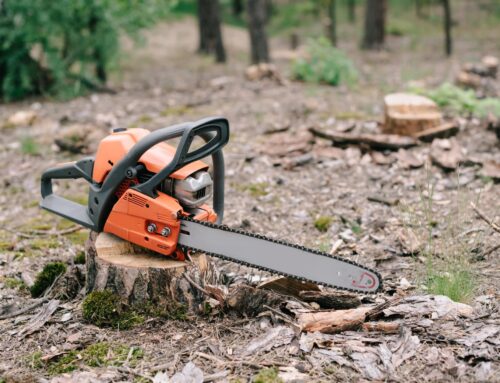Springtime is the season of renewal, and that includes your lawn. After a long, cold winter, your lawn may be looking a little worse for wear. Fortunately, there are several lawn care maintenance tasks you can do in the spring to help your lawn thrive throughout the year. In this article, we will explore essential lawn care maintenance for springtime.
Raking and Dethatching
The first task you should do in the spring is to rake your lawn. This will remove any leaves, debris, or dead grass that has accumulated over the winter. Raking also helps to loosen the soil, allowing air and nutrients to reach the roots.
If your lawn has a layer of thatch, you may also need to dethatch. Thatch is a layer of dead grass and other organic material that accumulates on top of the soil. A thin layer of thatch can be beneficial, but if it gets too thick, it can prevent air, water, and nutrients from reaching the roots.
Aeration
Aeration is the process of making small holes in the soil to allow air, water, and nutrients to penetrate deeper into the soil. Aeration can help reduce soil compaction, which can inhibit root growth and make it difficult for water to penetrate the soil.
There are several ways to aerate your lawn, including using a manual or powered aerator, or by simply using a garden fork to make small holes in the soil. Aeration is best done when the soil is moist but not too wet.
Overseeding
Overseeding is the process of adding grass seed to your lawn to fill in bare spots and promote a thicker lawn. Spring is a great time to overseed because the soil is warming up, and there is typically plenty of moisture.
Before overseeding, it’s important to prepare the soil by raking and aerating. Then, spread the grass seed evenly over the lawn, making sure to follow the recommended seeding rate for your specific grass type. Finally, water the lawn thoroughly to help the seeds germinate.
Fertilizing
Fertilizing is an essential part of lawn care maintenance. Fertilizer provides the nutrients that your grass needs to grow and thrive. Spring is a great time to fertilize your lawn because it’s when the grass is starting to grow actively again.
When choosing a fertilizer, look for one that is specifically formulated for your type of grass. The fertilizer should have a balance of nitrogen, phosphorus, and potassium. Be sure to follow the instructions carefully and avoid over-fertilizing, as this can damage your lawn.
Weed Control
Spring is also a great time to address any weeds that may be growing in your lawn. Weeds can compete with your grass for water and nutrients, so it’s important to keep them under control.
There are several methods for controlling weeds, including pulling them by hand, using herbicides, or using organic weed control methods. Be sure to follow the instructions carefully when using herbicides and wear protective clothing.
Pest Control
Finally, spring is a great time to address any pests that may be damaging your lawn. Common lawn pests include grubs, ants, and chinch bugs. If you notice any signs of pest damage, such as yellowing or dead patches of grass, it’s important to take action quickly to prevent further damage.
There are several methods for controlling lawn pests, including using pesticides, nematodes, or natural predators. Be sure to follow the instructions carefully when using pesticides and wear protective clothing.





